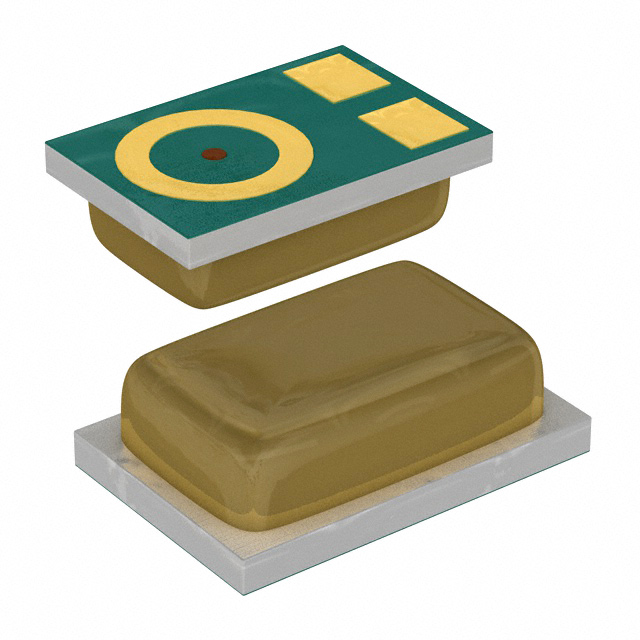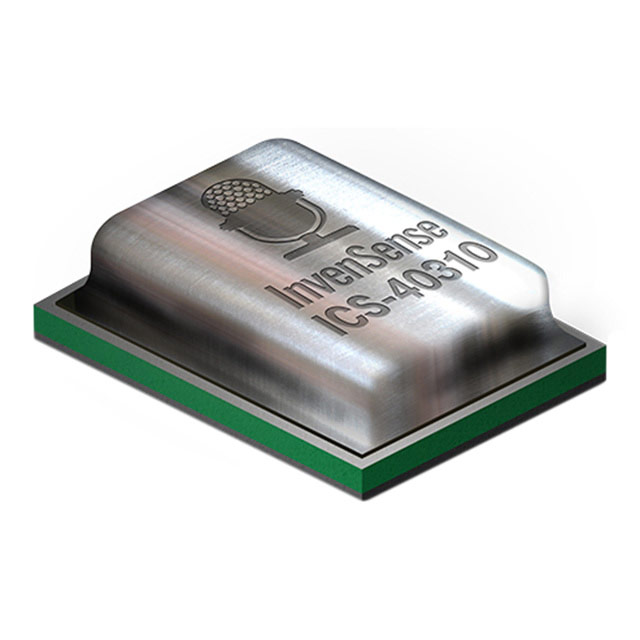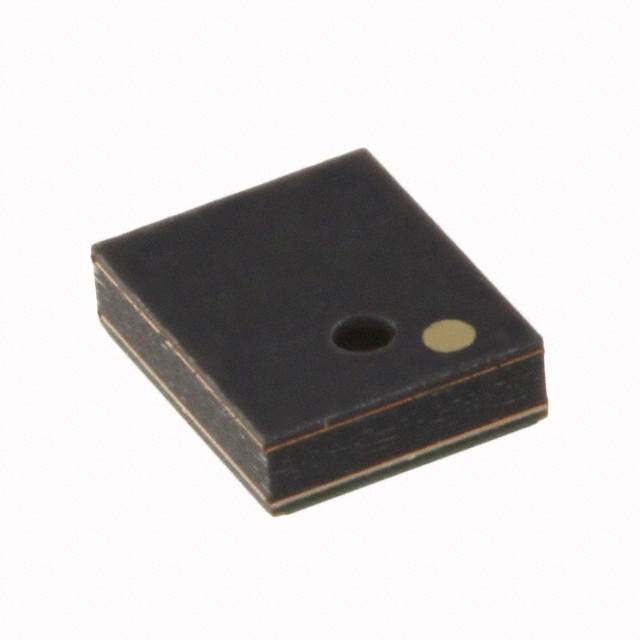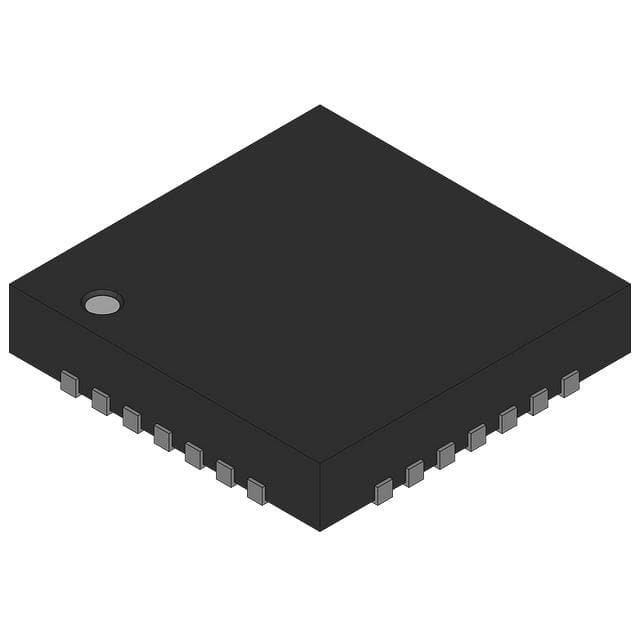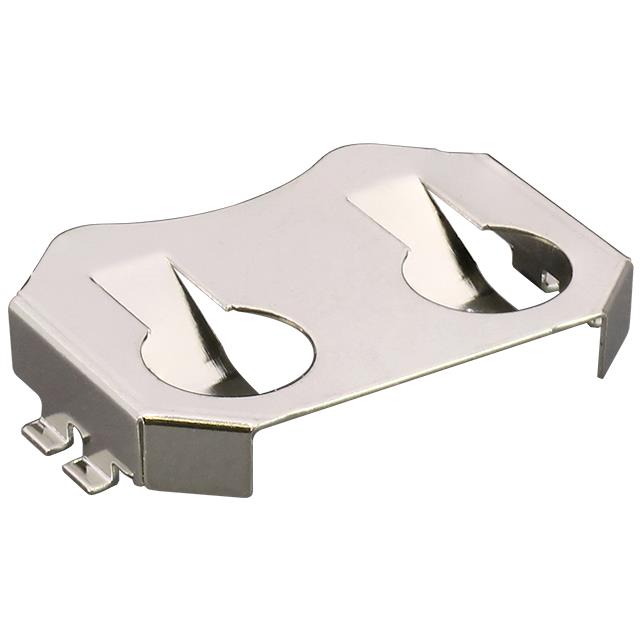WiFi 7 vs WiFi 6: Wireless Network Routing Comparison
WiFi 7 (802.11be) and WiFi 6 (802.11ax) are both wireless network communications standards, but they have significant differences in performance, spectral efficiency, latency, and the number of devices they support. WiFi 7 is the successor to WiFi 6 and is designed to deliver higher speeds, lower latency, and greater multi-device support.
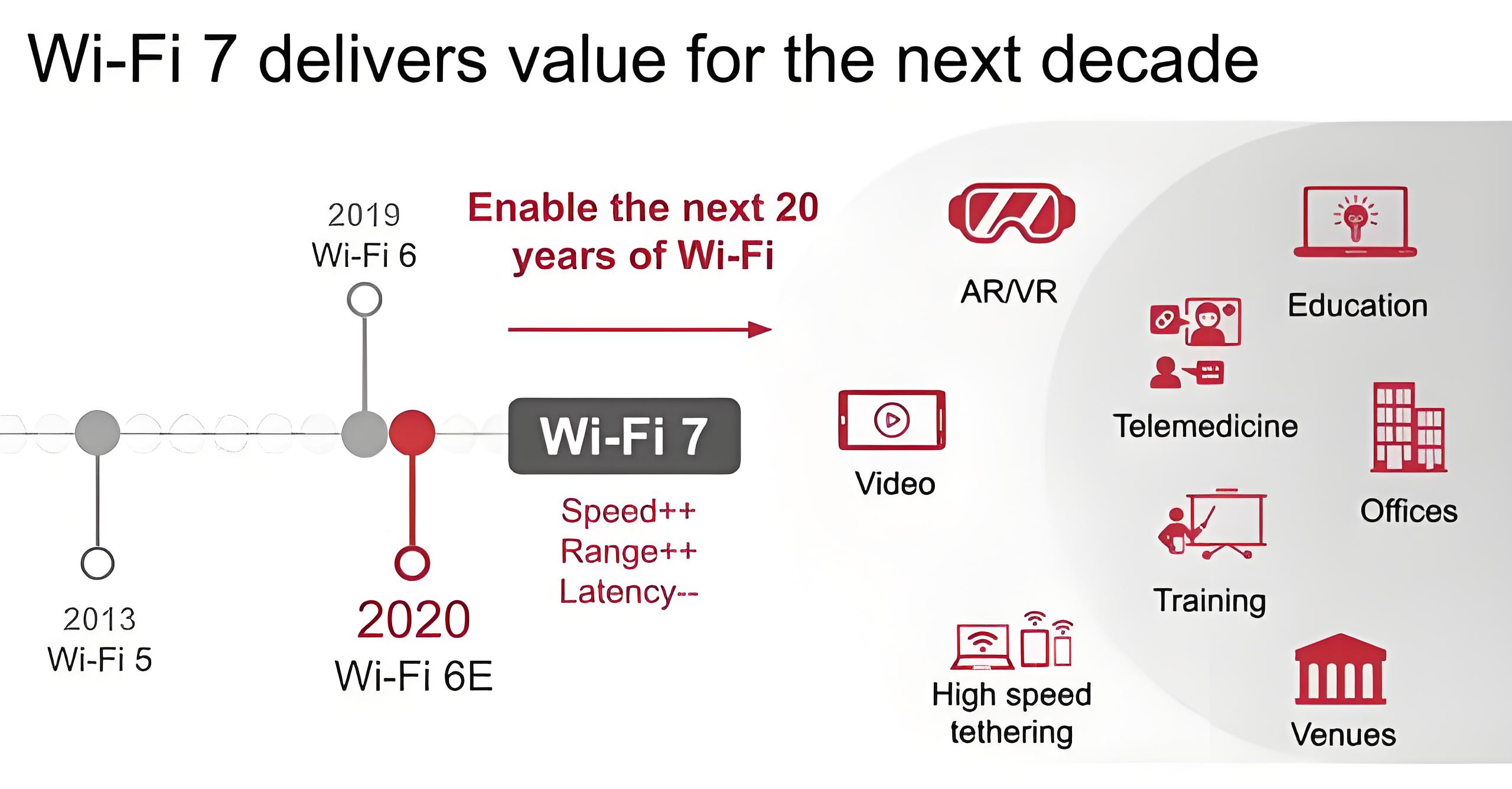
WiFi 7 VS WiFi 6 :A Comparative Analysis
| Feature | WiFi 6 (802.11ax) | WiFi 7 (802.11be) |
|---|---|---|
| Max Theoretical Speed | 9.6 Gbps (with 2.4 GHz and 5 GHz bandwidth) | 46 Gbps (with 6 GHz bandwidth, maximum theoretical) |
| Spectrum Support | 2.4 GHz and 5 GHz | 2.4 GHz, 5 GHz, and 6 GHz |
| Max Channel Bandwidth | 160 MHz | 320 MHz |
| Speed per Stream | Up to 1.2 Gbps (per MIMO stream) | Up to 4.8 Gbps (per MIMO stream) |
| Maximum Number of Users | 8 devices (MU-MIMO and OFDMA) | 16 devices (improved MU-MIMO and OFDMA) |
| Latency | Low | Even lower (as low as 1ms) |
| Multi-Link Operation (MLO) | Not supported | Supported, allowing multiple frequency bands for data transmission |
| OFDMA (Orthogonal Frequency Division Multiple Access) | Supported, enabling multiple devices to share bandwidth | Enhanced OFDMA, supports more devices and improves spectrum efficiency |
| Use Cases | Home, office environments, gaming, video streaming | High bandwidth applications, real-time interaction, VR/AR, high-density environments |
| Data Transmission Rate Improvement | 40% improvement over WiFi 5 | Up to 4x improvement over WiFi 6 (maximum theoretical speed) |
| Dynamic Frequency Access (DFA) | Limited (DFS and radar avoidance) | Improved spectrum management, supports more efficient dynamic frequency access |
| Compatibility | Backward compatible with WiFi 5, WiFi 4, and older devices | Backward compatible with WiFi 6 and earlier standards, optimized for new devices |
1. Speed and Throughput
WiFi 7 offers significantly higher speeds, especially in the 6 GHz band. WiFi 7 can reach a maximum throughput of 46 Gbps, while WiFi 6 has a maximum throughput of 9.6 Gbps. This makes WiFi 7 more suitable for high-bandwidth applications such as 8K video streaming, VR/AR, and data-intensive workloads.
2. Spectrum and bandwidth
WiFi 6 supports a channel bandwidth of 160 MHz and operates on the 2.4 GHz and 5 GHz frequency bands. WiFi 7 introduces 320 MHz channel bandwidth and supports the 6 GHz band, providing more spectrum, significantly reducing interference, and increasing overall network throughput and speed.
3. Multi-user performance (MU-MIMO)
WiFi 6 introduces OFDMA and MU-MIMO technologies, allowing multiple devices to share bandwidth at the same time, improving network efficiency and throughput. WiFi 7 further enhances these technologies and supports more devices to connect at the same time. It performs better especially in busy network environments and can support 16 users, greatly improving performance in multi-device environments.
4. Delay
WiFi 7 introduces lower latency, especially in supporting low-latency applications (such as games, real-time video conferencing), with latency below 1 millisecond. WiFi 6 already had lower latency by comparison, but WiFi 7 further optimizes responsiveness for high-demand applications.
5. Real-time traffic and Dynamic Spectrum Access (DFA)
WiFi 7 has greatly improved dynamic spectrum access (DFA), supporting more efficient spectrum management to ensure that high-demand applications (such as VR/AR) can obtain priority bandwidth, further reducing interference and lowering latency.
6. Multi-link operation (MLO)
WiFi 7 introduces Multi-Link Operation (MLO), which allows devices to transmit data on multiple frequency bands (such as 2.4 GHz, 5 GHz, and 6 GHz) simultaneously. This improves reliability, throughput and flexibility, especially when network load is high.
7. Compatibility and Supported Devices
WiFi 6 is already capable of supporting older devices like WiFi 5 and WiFi 4, and most modern devices support WiFi 6. However, WiFi 7 is primarily designed for newer generations of devices and offers backwards compatibility.

WiFi 7 VS. WiFi 6 data rate comparison
WiFi 7 advances in network security and data transmission
WiFi 7 provides significant improvements in network security and data transmission compared to WiFi 6, especially in high-bandwidth applications, real-time low-latency transmission and enhanced security. WiFi 7 supports a more powerful encryption mechanism, enhances the security of open networks, and improves data transmission efficiency through multi-link operation and wider spectrum bandwidth, making it suitable for high-bandwidth, low-latency, and complex environments with multiple devices.
| Feature | WiFi 6 (802.11ax) | WiFi 7 (802.11be) |
|---|---|---|
| Security Protocol | WPA3 | WPA3 Enhanced (improved WPA3) |
| Encryption Protection | Enhanced protection mechanisms | Stronger encryption standards, protection against side-channel attacks |
| Spectrum Bandwidth | 160 MHz | 320 MHz |
| Maximum Data Speed | 9.6 Gbps | 46 Gbps |
| Latency | Low | Lower (as low as 1ms) |
| Multi-Link Operation (MLO) | Not supported | Supported |
| Open Network Security (OWE) | Supported | Stronger encryption for open networks |
| Data Transmission Efficiency | Optimized for data transmission | More efficient data transmission, especially in high-bandwidth and low-latency environments |
WiFi 7 Security Advances
WPA3 Enhanced: WiFi 7 improves WPA3 on the basis of WiFi 6, providing more powerful encryption and attack resistance capabilities, especially when dealing with high-bandwidth data transmission, it can prevent man-in-the-middle attacks (MITM), dictionary attacks, etc.
Stronger open network security: WiFi 7 improves the OWE (Opportunistic Wireless Encryption) security protocol to ensure that data transmission can be encrypted even in open networks without authentication, reducing security risks in open network environments.
Resistance to side-channel attacks: WiFi 7 strengthens protection against side-channel attacks and improves data protection capabilities in malicious attack environments.
WiFi 7 data transmission advancements
Higher data transfer rates: WiFi 7 supports a maximum theoretical transfer rate of up to 46 Gbps, compared to WiFi 6’s maximum transfer rate of 9.6 Gbps. This means WiFi 7 can more efficiently handle high-bandwidth applications such as 8K video streaming, real-time VR/AR, etc.
Wider spectrum bandwidth: WiFi 7 supports up to 320 MHz spectrum bandwidth, double the 160 MHz bandwidth supported by WiFi 6. This enables WiFi 7 to support more data streams transmitting simultaneously, improving overall network efficiency.
Multi-Link Operation (MLO): WiFi 7 introduces MLO, which allows devices to transmit data simultaneously on multiple frequency bands (such as 2.4 GHz, 5 GHz and 6 GHz), which greatly increases the reliability, throughput and flexibility of data transmission sex.
Low-latency optimization: WiFi 7 has significantly lower latency, supporting latency as low as 1 millisecond, making it ideal for applications that require real-time data processing, such as high-end gaming, video conferencing, and virtual reality.
More efficient multi-device support: WiFi 7’s OFDMA and MU-MIMO technologies have been further optimized based on WiFi 6, which can support more devices at the same time and improve data transmission efficiency, especially in high-density environments, WiFi 7 can provide More stable performance.
WiFi 7 offers significant improvements in performance and network security over WiFi 6, especially in terms of speed, latency, bandwidth, and multi-device support. WiFi 7 is suitable for scenarios that require extremely high performance and low latency, such as 4K/8K video streaming, virtual reality (VR), augmented reality (AR), and high-density environments. And WiFi 6 still provides excellent performance in most home and office environments and is highly cost-effective.
WiFi 7 offers significant advantages in performance and future applications, but compatible devices are required to reach its full potential.

